Binance remains the world's largest cryptocurrency exchange, with over 250 million users and an active presence in several countries. It offers everything from basic trading to advanced products such as staking, derivatives, and Web3 solutions. It is a global benchmark in both trading volume and asset diversity.
El Dorado, for its part, is a Venezuelan exchange that gained notoriety by specializing exclusively in stablecoins, with a focus on rapid exchanges between dollar-backed digital currencies (such as USDT and USDC) and local currencies like the bolívar. This simplified offering has won over many users in Venezuela, especially in contexts of high inflation, and has begun to expand to other Latin American countries such as Colombia, Peru, and Mexico.
To better understand their differences, we tested both platforms: we performed deposits, conversions, and evaluated support and the overall user experience. Below, we compared their performance across key aspects of the user experience.
The screens shown are in Portuguese because the test was taken by a user in Brazil. Throughout the text, we explain local features—such as the Pix system—so that it's easy to understand in any Latin American country.
Home Screen and Navigation: Binance vs El Dorado
Binance offers one of the most comprehensive interfaces on the market. The main screen is customizable with widgets, quick access to features like Simple Earn, Trading, or OTC, and updates from Binance Square with news, analysis, and posts from other users. In the bottom menu, fixed tabs (Home, Markets, Trade, Discover, and Wallet) make navigation easy, even for frequent users.
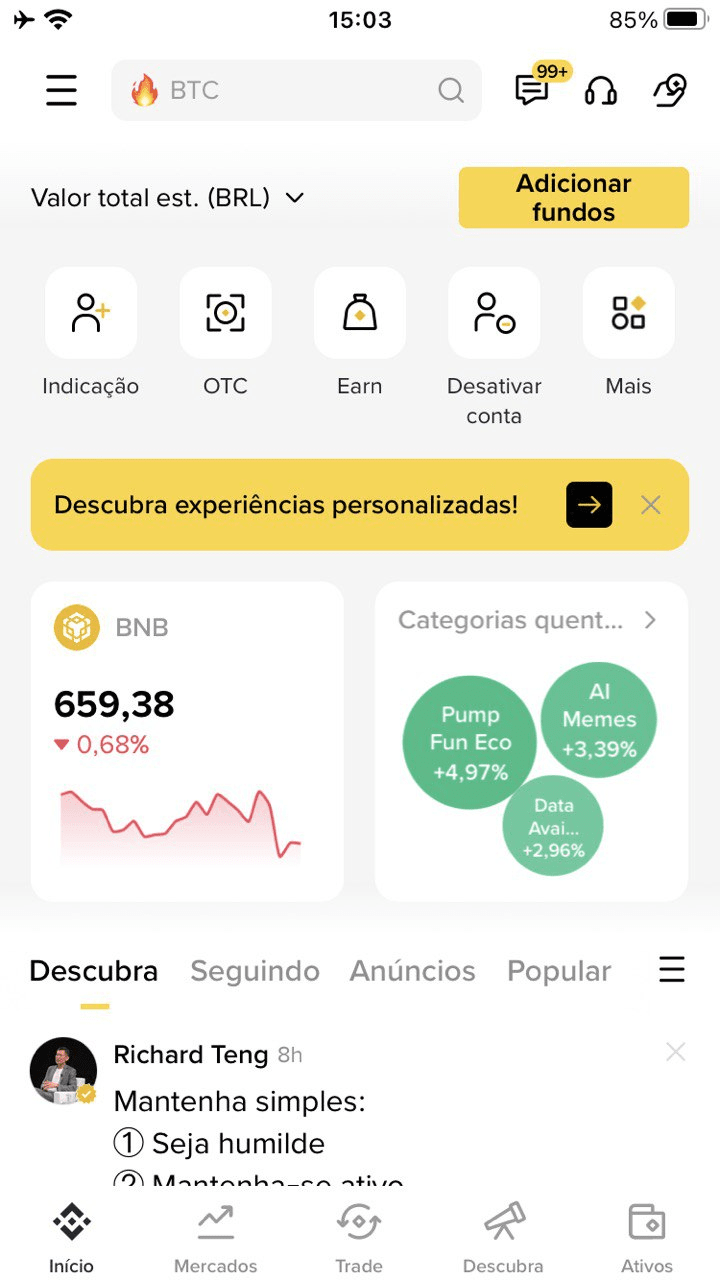
El Dorado, on the other hand, opts for a more straightforward approach. It displays the user's total balance (always in stablecoins) and prominent buttons to top up balance, transfer funds, or invite friends. Below, it includes a small news section, although without real-time integration with market data. The navigation system also features fixed tabs, similar to Binance's, but with fewer features per section.
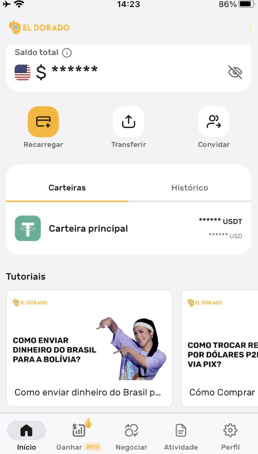
Summary: Binance offers robust navigation, with customization and up-to-date data. El Dorado prioritizes simplicity, ideal for quick stablecoin trading.
Deposits in fiat or crypto: Binance vs. El Dorado
On Binance, the process is versatile and well-organized. You can deposit via Pix (in Brazil), credit or debit card, P2P transfers, or send cryptocurrency directly to your wallet. The platform allows you to intuitively select the source currency and method, with visible transaction history.

At El Dorado, the "Reload" button offers multiple options: Brazilian reais (R$), dollars (US$), other currencies (although this last option has been glitchy), P2P, crypto, and El Dorado Pay. To deposit Brazilian reais, the user is redirected to a P2P transaction where they must find a counterparty who will send USDT in return.
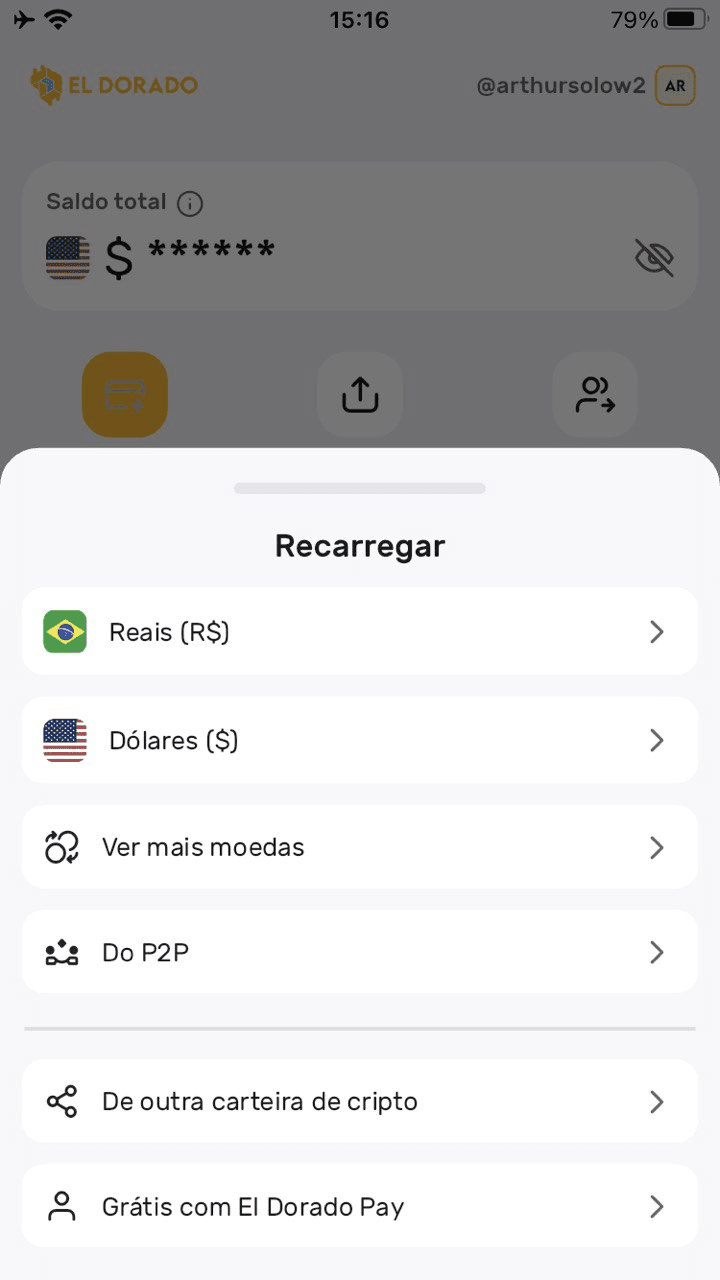
Summary: Binance stands out for its variety of trading methods, banking integration, and straightforward execution. El Dorado relies on a P2P system, which can complicate the process, especially outside of trading hours or in regions with lower liquidity.
Buying Cryptocurrencies: Binance vs. El Dorado
We tested both platforms with a purchase of 20 reais.
On Binance, the "Convert" feature allowed for direct purchases, without any redirects or hidden fees. The conversion was 1 BRL = 0.182324 USDT, resulting in 3.64 USDT, with no fees. The entire process was seamless and within the app.
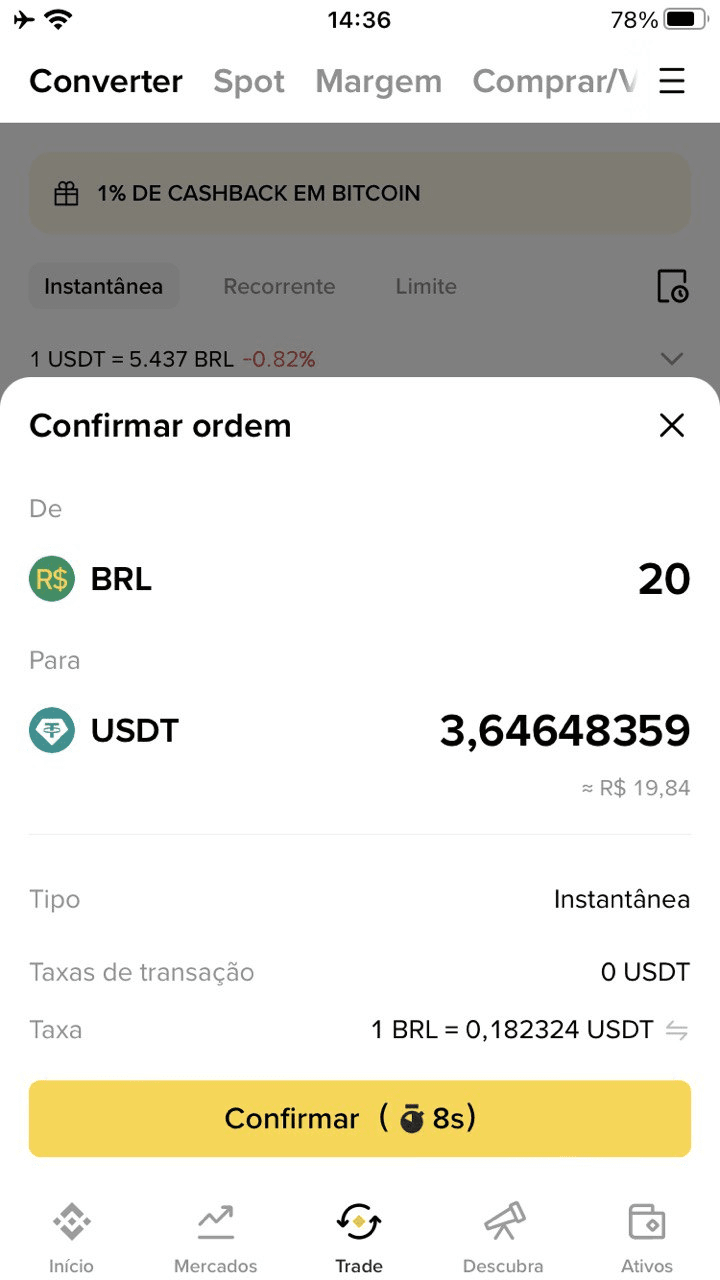
In El Dorado, the process was more manual. After entering the amount, we accessed a list of P2P offers. We chose one priced at R$5,489 per USDT and followed these steps:
Accept the terms;
Wait for contact from the merchant;
Copy bank details;
Make a manual Pix outside the app;
Confirm payment;
Wait for the USDT to be sent.
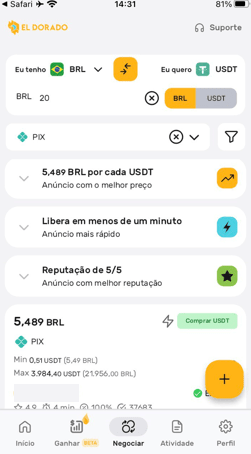
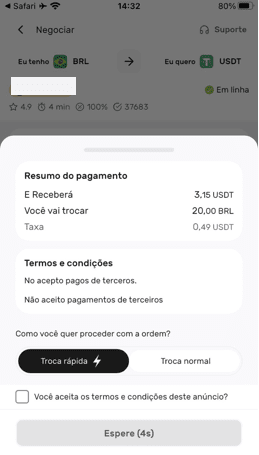
A fee of 0.49 USDT was charged. The total received was 3.15 USDT.
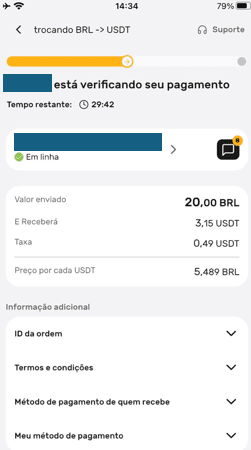
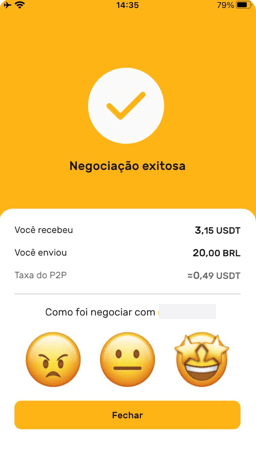
Summary:
Binance: Automated flow, no fees, smooth and fast experience.
El Dorado: manual process, high commission, requires more attention and time (more than 5 minutes).
Earn Performance and Products: Binance vs. El Dorado
Binance has a comprehensive earning system. When you purchase a cryptocurrency, you can activate the "Auto Earn" option, which invests the funds after a short period. There are staking options for altcoins, stablecoin yield, liquidity pools, Launchpools, and flexible or locked-in investment options—all accessible from the app, with projections and risk filters.
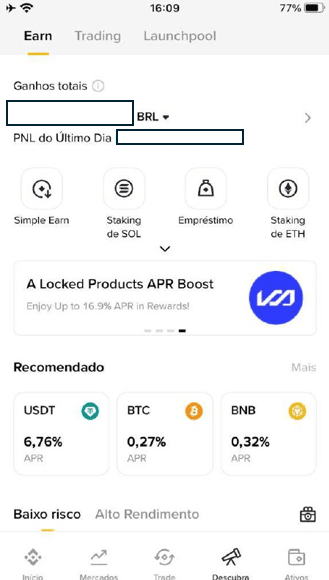
At El Dorado, the focus is exclusively on stablecoins. The “El Dorado Gana” product offers a 4.5% annual return in USDM (later convertible to USDT at no cost).
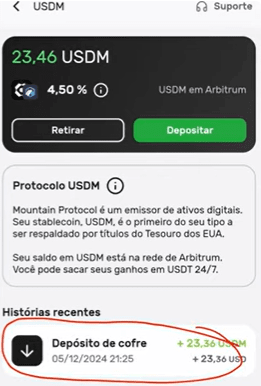
However, to use this option, the user must create a “vault” linked to Google Drive, which requires self-custody and a more technical setup.
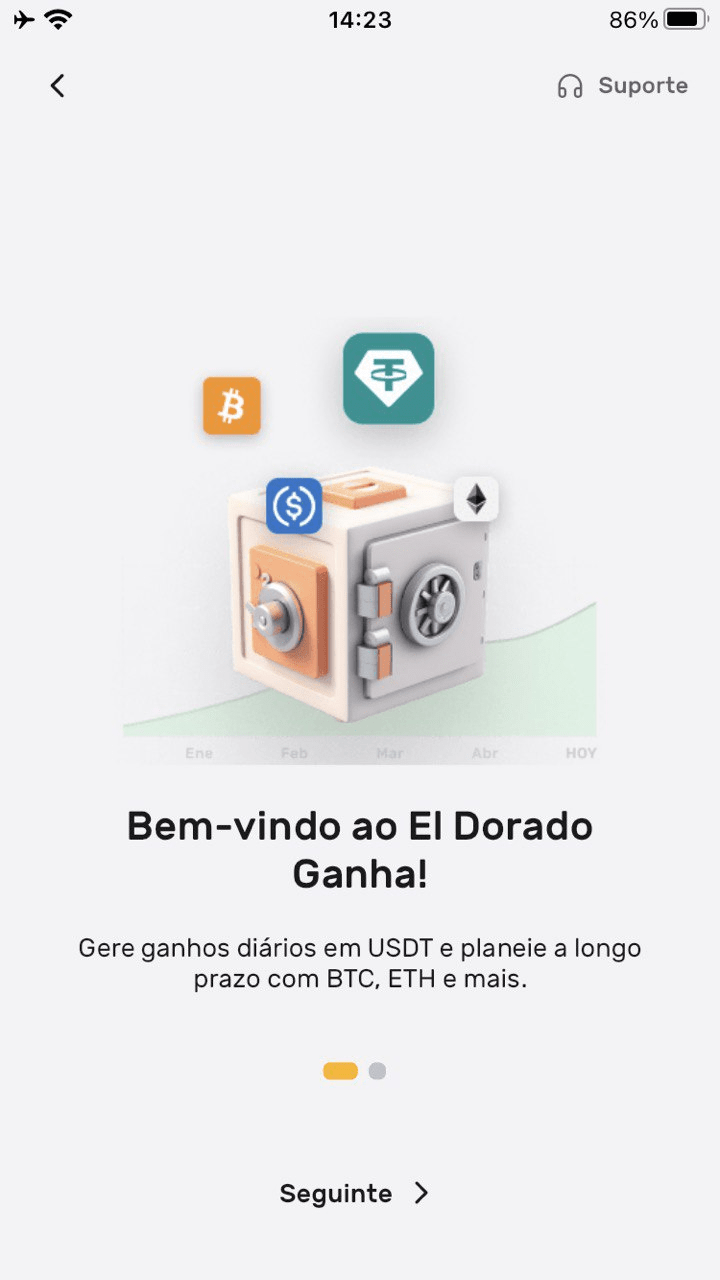
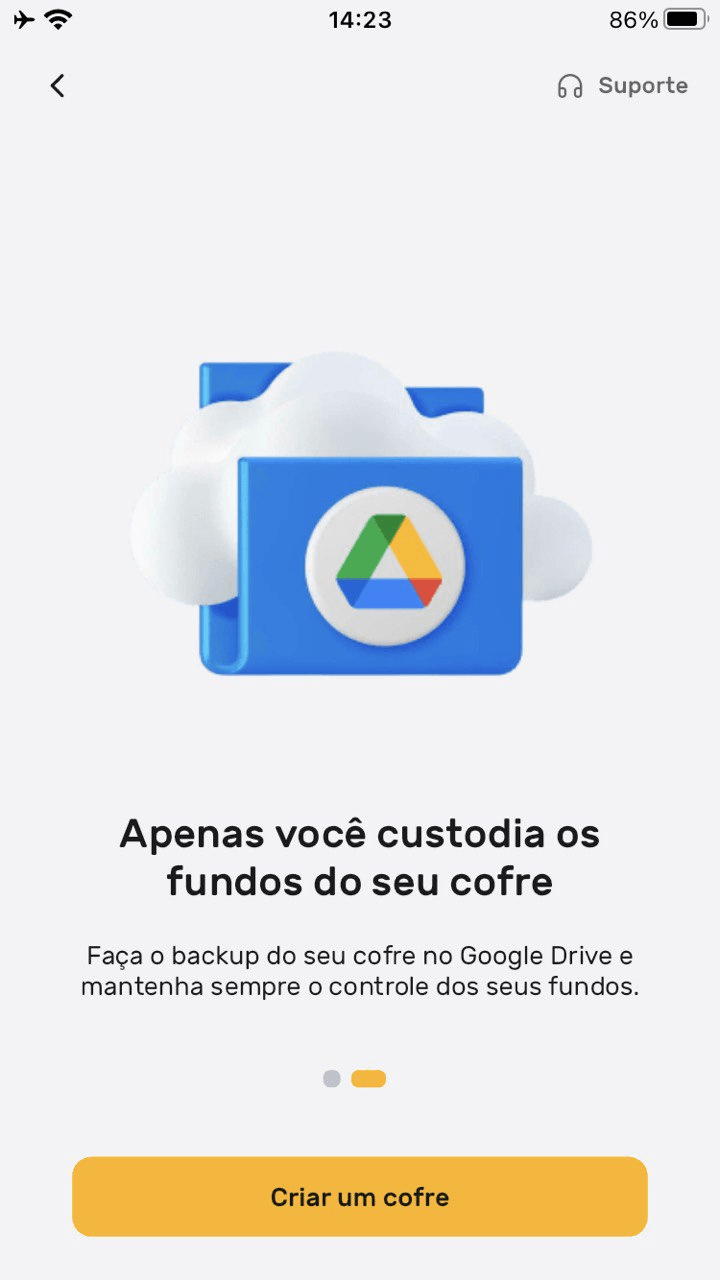
Summary: Binance offers variety, accessibility, and better returns. El Dorado has a functional but limited option, which is more complex and unattractive to new users.
Transaction History: Binance vs El Dorado
On Binance, the history is detailed but divided: there are separate sections for Spot, Earn, deposits, withdrawals, and conversions. This can be confusing for new users.
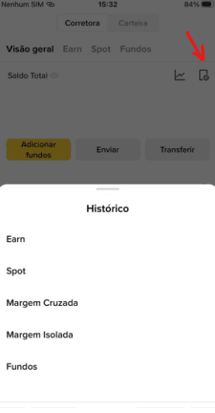
El Dorado makes this easy with a single section called “Activity,” where all transactions, including visible commissions, are concentrated.
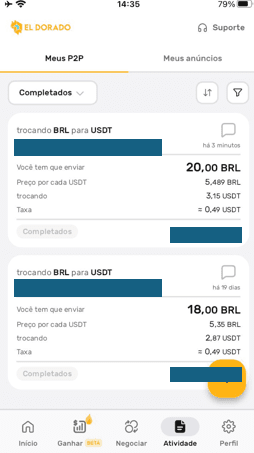
Summary: El Dorado has a clearer interface for transaction history. Binance is more comprehensive, but fragmented.
Customer Service: Binance vs El Dorado
Binance offers efficient support: starting with a help center (FAQ), followed by an AI-powered virtual assistant, and the ability to speak to a human agent 24/7 within the app. Responses are quick and responsive.


In El Dorado, the flow is similar, but slower. During the test, a query took between one and two days to receive a response.


Summary: Binance offers fast, always-available support. El Dorado has a good system, but its response times are uncompetitive.
What additional benefits does Binance offer?
Instant currency conversion with zero or very low fees;
Passive performance on dozens of assets, with staking and structured products;
Access to tools such as Launchpad, Web3 Wallet, NFT Marketplace and trading bots;
Support with human agents and community (Angels);
More than 600 crypto assets available.
What are El Dorado's strengths?
Total focus on stablecoins, ideal for users seeking stability;
Fast and simple navigation;
User-friendly interface for new users;
Clear display of movements and commissions;
4.5% annual yield in USDM.
Binance vs. El Dorado: Which One Should You Choose in 2025?
The choice depends on the user profile, but our tests clearly point to a winner:
Ease for beginners
Binance: Complete platform, but more complex
El Dorado: Simple interface, focused on stablecoins
Deposit Methods
Binance: Pix, card, P2P, crypto
El Dorado: Real via P2P, crypto via Tron or other networks
Crypto Purchase
Binance: 3.64 USDT - No Commission
El Dorado: 3.15 USDT - with a 0.49 USDT fee, via P2P
Performance / Earn
Binance: Various assets and investment types
El Dorado: USDM only (4.5% y/y), requires Google Drive vault
Transaction history
Binance: Segmented by transaction type
El Dorado: Centralized, with commission details
Customer support
Binance: Fast, human, in-app 24/7
El Dorado: Slower service, takes 1 to 2 days
Differentials
Binance: Web3, NFTs, 600+ Cryptos, Advanced Staking, Megadrop
El Dorado: Specialization in stablecoins, regional integration via P2P
Despite El Dorado's attractive offering—especially for simple USDT transactions in countries like Colombia and Peru—its user experience has significant limitations: dependence on P2P, manual processes, lower profitability, and slow support. Furthermore, it recently ceased operations in Venezuela, its main market, due to regulatory issues.
Conclusion: If you're looking for a robust, reliable, and highly usable platform, Binance is the best option in 2025. El Dorado may be useful for specific cases, but it's still far from competing in terms of experience and structure.